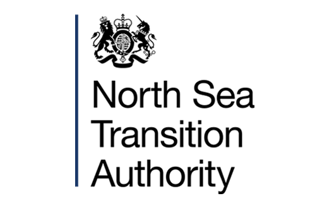
In 2019, the government introduced a legally-binding commitment to put the UK firmly on a pathway to net zero greenhouse gas emissions by 2050.
The Climate Change Committee suggests that between 2018 and 2050 the UK must reduce annual greenhouse gas emissions from 451 MtCO2e to <29 meaning that the oil and gas industry must go further and faster to reduce its footprint.
At the request of the North Sea Transition Steering Group, the Asset Stewardship Task Force (ASTF) was asked to champion operator net zero contribution in the UKCS over the next five years.
The booklet is an amalgamation of 15 standalone case studies which highlight tangible and specific examples of where oil and gas operators are contributing towards net zero.
The examples in this booklet are neither exclusive nor exhaustive: they are drawn from NSTA tier one interviews and landscape feedback. They cut across a wide range of themes, showing the diverse range of activities being undertaken to tackle both scope one and two emissions.
These case studies serve as a reminder to industry that no contribution to the net zero journey is too small: we all have to “do our bit” – where practical – to work towards the target. This kind of ongoing effort and commitment are what will help drive a culture where net zero becomes a core part of all operations.
Looking ahead, the North Sea Transition Deal alongside an energy transition zone, offer a real boost to the industry. Now is the time to make the most of these opportunities and keep pace with low-carbon solutions so that case studies like these become more commonplace.
Within this Case Study Booklet, the ASTF/NSTA has adopted “CO2” in respect to all matters pertaining to Carbon Dioxide Equivalent (CO2e)








